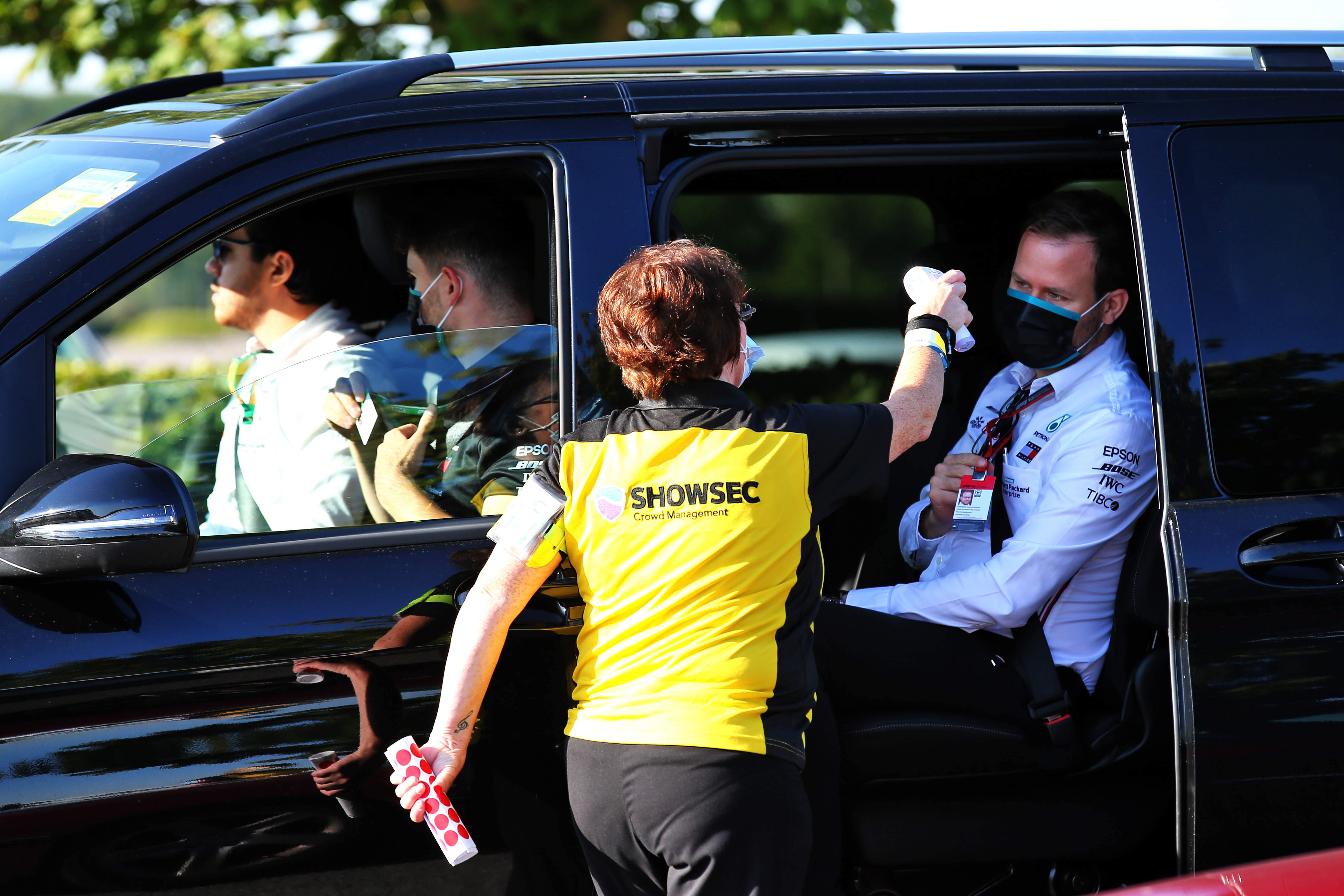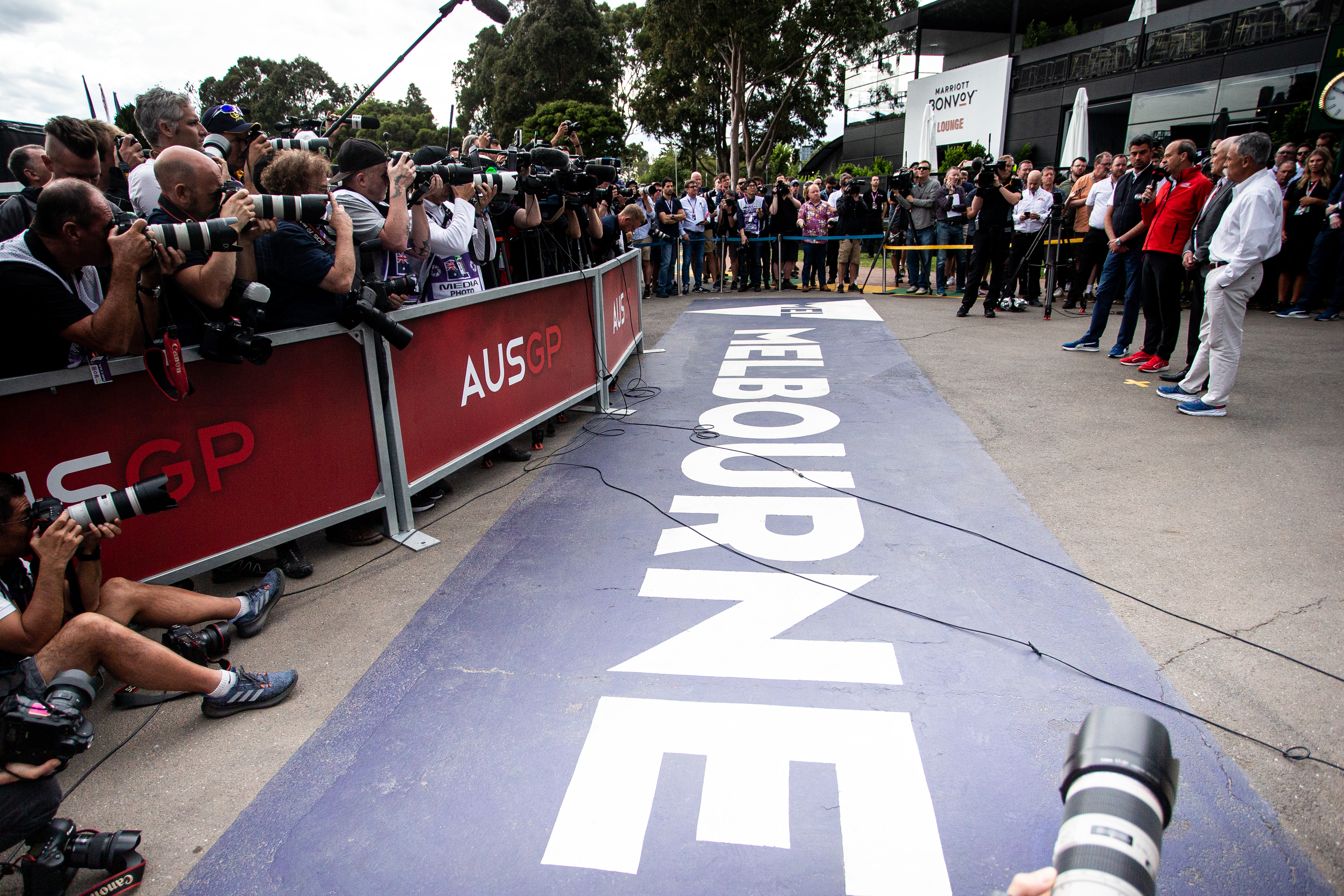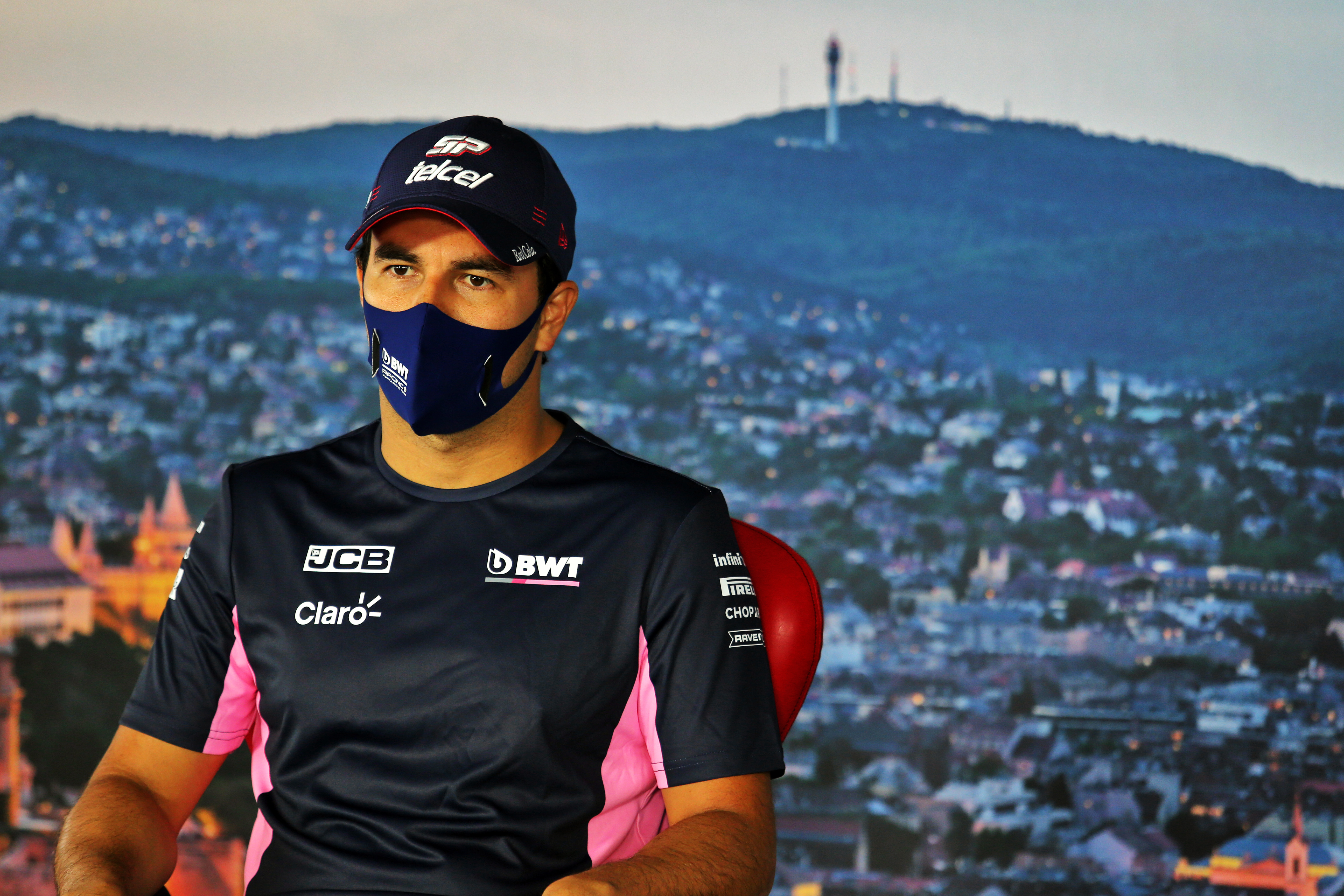Up Next

Sergio Perez’s positive COVID-19 test, which will keep him out of at least this weekend’s British Grand Prix and very likely at least one race beyond, has been cited by some as evidence of the FIA’s protocols being inadequate.
But while there is inevitably be some room for improvement, what has happened actually vindicates the procedures.
It’s essential to understand what the COVID-19 Code of Conduct is and what it isn’t.
There is no way to eliminate the risk and the only way to minimise your chance of picking up COVID-19 is to seal yourself off entirely from the world
It exists to allow Formula 1 – and other series – to stage races in a relatively safe environment by lowering the risk of admitting infected individuals and then containing any infection should it break into any of F1’s various bubbles.
This is why everyone must pass a pre-event test before being admitted – hence why Perez was never allowed into the paddock – and then regular re-tests while in the event bubble. In this case, that bubble covers the two Silverstone races and the rules apply while these two events are ongoing.

What it doesn’t exist to do is to protect everyone in F1 from COVID-19 when outside of the races.
This would be impractical because of the geographic and temporal challenges of a season that will be spread over five months. You cannot create a system to isolate and transport thousands in a mobile lockdown over that period – it would be a logistically impossible and, frankly, insane undertaking.
Even once within grand prix events, it’s impossible to restrict who comes into contact with outsiders. The rules request minimising contact with people and following all the hygiene procedures any sensible person would adhere to in these times, but those of us at the race still have to stay in hotels, source meals and are exposed to a world in which COVID-19 is still rife. But the emphatic stipulation that is made is that we cannot be in close contact with those within other bubbles (the code calls them group) within F1.
For example, there is nothing stopping me going to dinner with my The Race colleague Mark Hughes. But I would not be allowed to do the same thing with, say, a driver or team principal. This means if there is an outbreak it is localised to the group in question.
So the code ensures races can happen, keeps them as secure as possible and minimises the spread should there be a breach. The wheels can therefore keep on turning, and a small number of positive tests will not lead to a race being abandoned, as happened in Australia in March.

Perez adhered by all the rules yet is still on the sidelines. That would only be a failure if the intention of the code of conduct was to eliminate any chance of anyone intending to attend races to contract COVID-19. The reality is, there is always risk and the processes in place recognise that.
As for Perez’s own conduct, that’s another matter.
He has adhered to the rules governing the safe running of events and been excluded because of them by being prevented from accessing the Silverstone event. But whether he’s played the percentages and made the right choices as a professional racing driver is another matter.
Contractually, the team has said he had no obligation to seek permission to travel and the F1 rules don’t prevent it, but it’s legitimate to ask if this was a wise move.

He returned to Mexico because his mother had an accident and family reasons are always a powerful pull. He was entitled to do that but there was a risk involved. He accepted that risk, tried to minimise it by flying privately and was unlucky. Pay your money, take your choice – but to completely minimise the risk he would not have travelled to Mexico.
The reality is that there is no way to eliminate the risk and the only way to minimise your chance of picking up COVID-19 is to seal yourself off entirely from the world. The FIA’s rules are to prevent transmission of COVID-19 within the various groups of people that make up F1. And so far, they have worked. They might have weaknesses that have yet to be exposed, but what happened to Perez did not reveal one.
That’s why a failed test – and his is the only positive out of a total of 3909 tests conducted in the seven-day period concluding yesterday, and one of only three out of almost 20,000 in total – validates the FIA and F1’s protocols.





